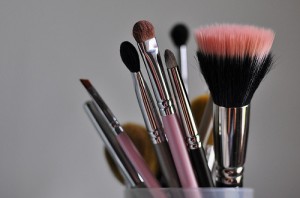 Doing my hair, using a skincare regimen, picking an outfit, and putting on makeup, does a girl not already have enough to do as part of her beauty routine to worry about cleaning makeup brushes? Yes, I read magazine articles that tell me to clean my brushes. But they are the same magazines that say I should get a pedicure every 2 weeks. Real life just doesn”t allow this kind of time! But a new study is making me think twice . . . at least about my makeup brushes.
Doing my hair, using a skincare regimen, picking an outfit, and putting on makeup, does a girl not already have enough to do as part of her beauty routine to worry about cleaning makeup brushes? Yes, I read magazine articles that tell me to clean my brushes. But they are the same magazines that say I should get a pedicure every 2 weeks. Real life just doesn”t allow this kind of time! But a new study is making me think twice . . . at least about my makeup brushes.
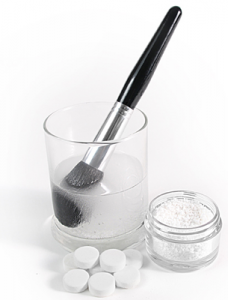 As we all strive for more perfect skin, the demand for makeup and different tools to apply makeup has exploded on the market. Professionals, celebrities, and even us everyday folks are covering blemishes, evening skin tone, volumnizing eyelashes, glossing lips—all with a different type of brush. The average woman who wears subtle makeup uses about 4 different applicators per day. Most of us have brush kits that we don’t even know what to do with: shadow brushes, sable brushes, highlighter brushes, kabuki brushes, liner brushes—I get anxiety just looking in my makeup drawer. 72% of us don’t wash our brushes. But now I am even more worried—it turns out all these instruments tend to accumulate bacteria not only from the cosmetic product itself, but from the oils of the the human skin, the dirt off our hands, and depending on how one stores them, the built-up toxins from our surroundings. Um, don’t most of us have makeup brushes in the bathroom? I feel eeek factor just writing this.
As we all strive for more perfect skin, the demand for makeup and different tools to apply makeup has exploded on the market. Professionals, celebrities, and even us everyday folks are covering blemishes, evening skin tone, volumnizing eyelashes, glossing lips—all with a different type of brush. The average woman who wears subtle makeup uses about 4 different applicators per day. Most of us have brush kits that we don’t even know what to do with: shadow brushes, sable brushes, highlighter brushes, kabuki brushes, liner brushes—I get anxiety just looking in my makeup drawer. 72% of us don’t wash our brushes. But now I am even more worried—it turns out all these instruments tend to accumulate bacteria not only from the cosmetic product itself, but from the oils of the the human skin, the dirt off our hands, and depending on how one stores them, the built-up toxins from our surroundings. Um, don’t most of us have makeup brushes in the bathroom? I feel eeek factor just writing this.
So what’s living on your makeup brush? A recent SINGLE month study tested the accumulation of bacteria found on makeup brushes*. By the end of the first week, the brushes had accumulated bacterial growth, but the numbers were not alarming, fairly comparable to normal amounts of bacteria that we all come into contact with on daily surfaces. But by the end of the second week, the number of bacteria had doubled, and at the end of the one-month study, the bacteria count on the brushes had increased to a number that was too high to be measured!
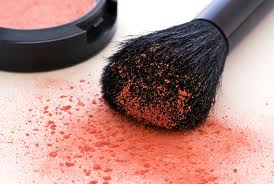
Whatever product you choose, try to be consistent . . . I bet your skin will thank you for it.
. . . Shared by Dr. Chiu and The Derm Institute Team
*Simonian, A., 2013, The Identification of Bacteria Found on Makeup Brushes, Loyola Marymount University, California.


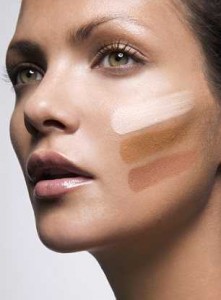

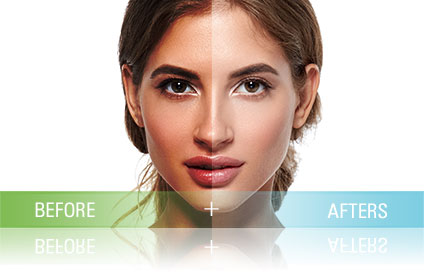



Comments are closed.